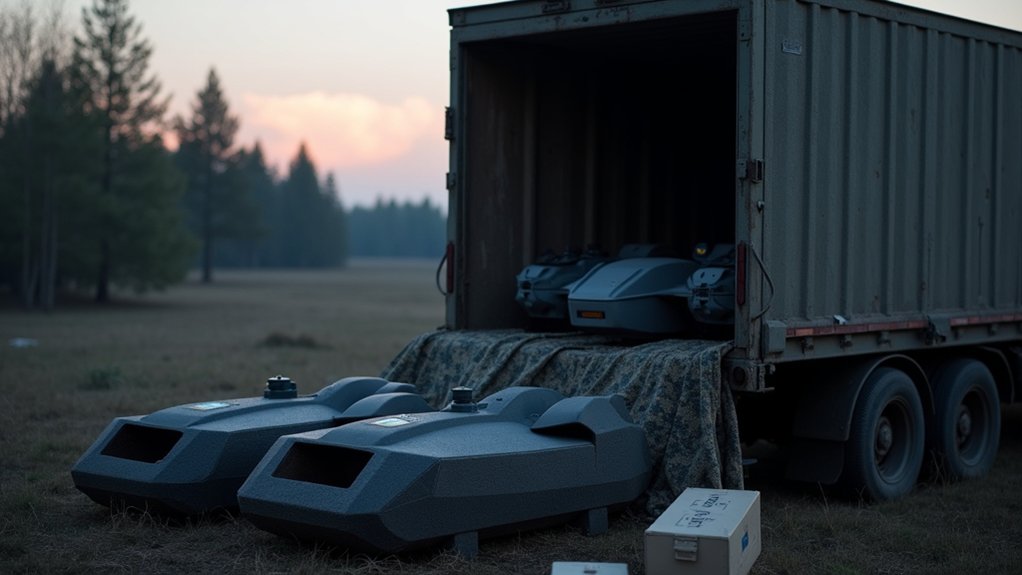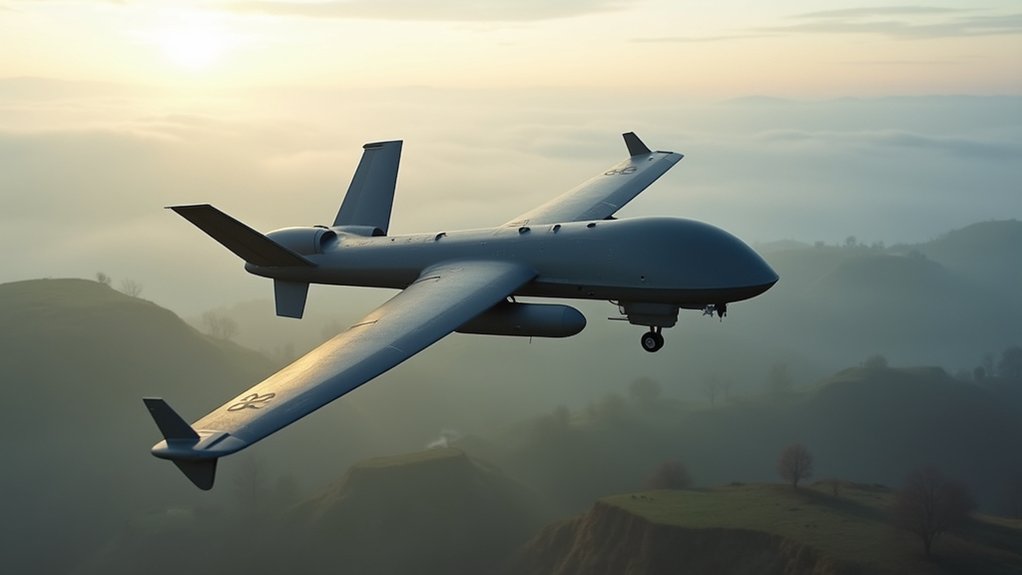While technology continues to reshape our world at breakneck speed, robot dogs with AI capabilities are emerging as one of the most fascinating developments in modern robotics. These quadrupedal marvels don’t just move like dogs—they think like them too. Sort of. They’re actually getting smarter than your average Fido, processing complex environmental data through advanced sensor arrays that would make any real canine jealous. Four legs, dozens of sensors, and one artificial brain. That’s the future walking right beside us.
These mechanical mutts aren’t just party tricks. They’re serious business. Industries are deploying them for inspections in dangerous places like oil rigs and power plants. No human needs to risk their neck when a robot dog can climb through rubble or navigate precarious catwalks. They don’t complain, don’t need breaks, and definitely don’t ask for raises. Perfect employees, really.
The technology behind these robots is nothing short of impressive. They combine vision systems using cameras and LiDAR with touch sensors, microphones, and inertial measurement units. All this data feeds into sophisticated AI algorithms that enable real-time decision making. The robot doesn’t just follow commands—it learns from each interaction. Fall down once, remember forever. That’s reinforcement learning at work. From Boston Dynamics’ Spot to Xiaomi’s CyberDog 2, these machines demonstrate impressive bio-inspired design that optimizes their mobility and functionality.
Sensors that feel, algorithms that think, memories that last—robot dogs don’t just mimic intelligence, they embody it.
Security firms love them too. Imagine a tireless guard that never dozes off during night shift, can see in the dark, and remembers every face it’s ever encountered. Border patrol, surveillance, bomb disposal—these metal pups are changing the game. The AI robot dog market, currently valued at USD 505.85 million, highlights the growing demand for these advanced security solutions.
Perhaps most surprisingly, they’re finding homes in companionship roles. Some models provide emotional support or assistance to the elderly and people with impairments. They’re particularly helpful for the visually impaired. No feeding required, just the occasional charge.
The market for AI robot dogs is booming for good reason. They combine the agility of four-legged creatures with the processing power of advanced computers. Real dogs might be man’s best friend, but robot dogs might be humanity’s next great tool. No treats necessary.




